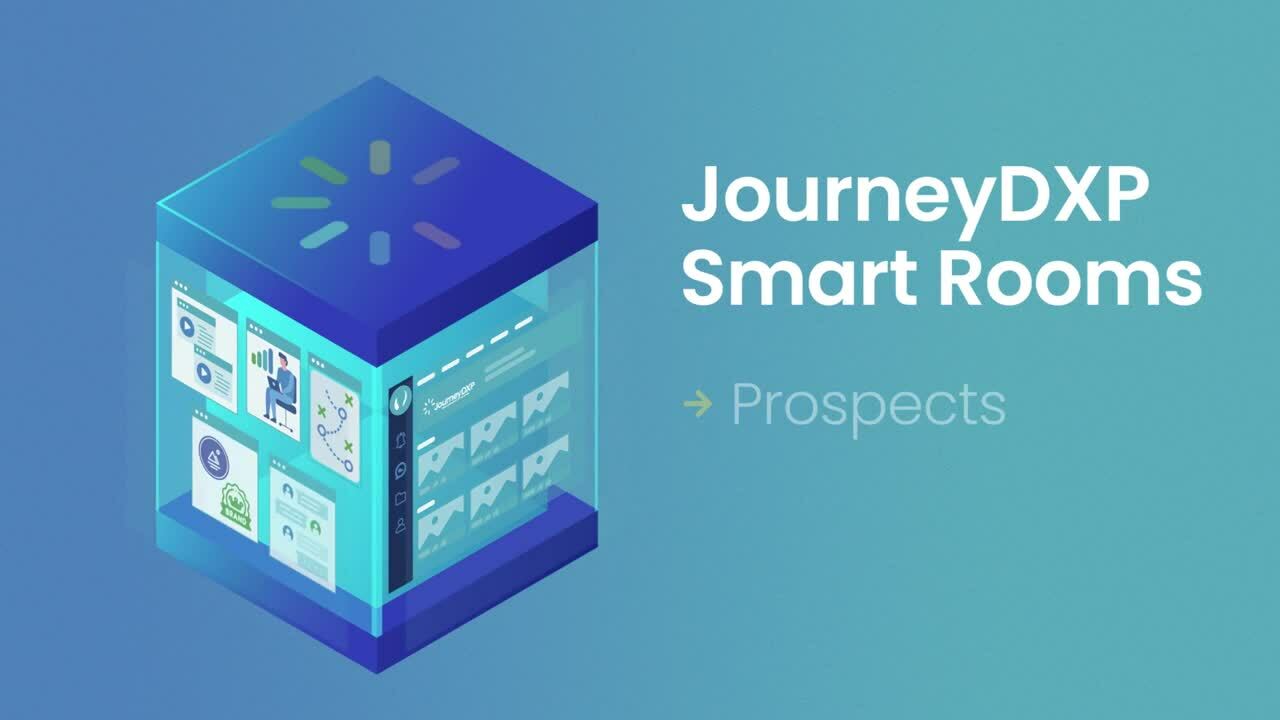Virtual selling, or digital selling, is a hot topic in the B2B space. But it’s more than the latest fad or buzzword. Companies today must find some way of leveraging technology to synchronously or asynchronously interact with prospects and clients if they want to maintain good business relationships. And it’s not just the pandemic that makes virtual sales a necessity, nor is Zoom the only tool salespeople need to support a sound virtual sales strategy.
In the fourth edition of its State of the Connected Customer report, Salesforce found that 81% of over 12,000 B2B customers surveyed expect to conduct more business online now than ever before. For B2B brands, this means virtual selling is how they can keep up with consumers’ demand for engaging digital buying experiences, which can be facilitated by video conferencing, mobile apps, microsites, and endless other online tools.
The report also indicates that 47% of salespeople believe a majority of their selling activities moving forward will be performed virtually. With this data gathered in 2020, it’s likely that numbers in 2022 are even higher. Virtual selling is here to stay, and sales teams know that offering intuitive digital touchpoints throughout the sales cycle—ones that create personalized, self-directed, digital-first experiences—will win them more business.
Salesforce-Enabled Virtual Selling
For professionals who already use Salesforce CRM for contact storage and analysis, building out your sales capabilities is easy with the help of this popular tech provider. Salesforce has several products that can power digital selling strategies beyond standard virtual sales meetings and video conferencing. Sales Cloud is a great starter option, but Salesforce Experience Cloud allows room for infinite creativity in developing a multilayered, multichannel journey that simplifies life for both salespeople and their customers.
The Experience Cloud allows users to construct a secure platform for hosting and sharing personalized content in private, on-brand portals. Through prebuilt apps and low-code web tools, companies can establish a single source of truth that functions as a next-level microsite for new leads to explore brands, current clients to stay updated on their accounts, and partners to remain engaged and in the loop. And because Experience Cloud integrates with other Salesforce solutions and third-party tools, teams are able to seamlessly connect various data sources and track performance across tactics.
Such a space is exactly what we need to help buyers self-educate and collaborate with their own key stakeholders to consider and eventually close a sale. This type of immersive environment is also known as a digital sales room—an emerging technology that is the missing link in modern B2B virtual selling. Where digital sales room technology shines is in its ability to support the asynchronous side of the equation. In one consistent area, leads have access to all the information they need to work independently throughout the buyer’s journey, engaging with sales reps and offering teams greater insight into the activity of these leads. Having free rein to explore personalized content and support independent decision-making without being suffocated by sales emails is essential, especially when Forrester has found that customers can complete as much as two-thirds of the buyer’s journey on their own before ever interacting with a salesperson.
Engaging via Digital Sales Rooms
A digital sales room streamlines the sales lifecycle and buyer’s journey through steady, contextual engagement that increases the likelihood of higher close rates. But constructing a virtual sales space yourself is an involved process, even with pre-built tools at your disposal. Solutions like JourneyDXP Smart Rooms are native Salesforce Experience Cloud applications that lets businesses store data and documents in the Salesforce OEM and take advantage of a configurable, customizable digital sales room that’s ready to implement on a faster timeline than a space made from scratch.
Smart Rooms can function as part of an enterprise-wide customer engagement strategy, offering a more complete picture of customer interests, preferences, and behaviors and the appropriate action steps that will link customer needs with sales and account solutions. They help not just sales professionals, but marketers, account managers, product leaders, and support personnel. By meeting consumer demands in four core areas, Smart Rooms attract and retain customers in ways that other virtual selling tactics simply can’t.
- Personalization: Unique branding, messaging, and relevant content can be developed and disseminated to users at each stage of the buyer’s journey, saved in a single space.
- Engagement: Smart playbooks with set actions and timelines can automate engagement and help leads make educated decisions at every touchpoint in the sales lifecycle.
- Collaboration: Messaging and chat features can connect leads with subject matter experts to guide conversations and build momentum throughout customer relationships.
- Insights: Activity and behavior analytics can give teams a clear understanding of where customers are in the buyer’s journey and how to engage next to improve outcomes.
As organizations begin deploying Smart Rooms, they can expand its use cases to fuel account-based marketing, pipeline development, cross-selling, partner engagement, product launches, customer onboarding, and more.
Business communications are continuing to evolve, and digital sales rooms will lead the charge toward change. If you’re interested in launching a custom virtual selling space for your organization, contact JourneyDXP to learn more about our next-generation Smart Rooms platform and virtual selling coaching services.
POPULAR
The Imperative Alignment of Sales and Marketing in the Digital Age
In today's hyperconnected and rapidly evolving business, communications, and technology landscape, the convergence of sales and marketing functions has become more pronounced than ever before. Alignment between sales and marketing teams has emerged as a critical determinant of success. This blog delves into why it has become more essential than ever for sales and marketing teams to be fully aligned in their prospect and customer engagement strategy and explores how digital sales rooms serve as potent tools in facilitating this alignment and fostering enhanced customer engagement.
RELATED
4 B2B Business Development Strategies Rooted In Thoughtfulness
Business development (and business development reps, also known as BDRs) get a bad rap. They’re traditionally viewed as the cold callers; the folks who chip away at a mountain of email addresses and phone numbers...




